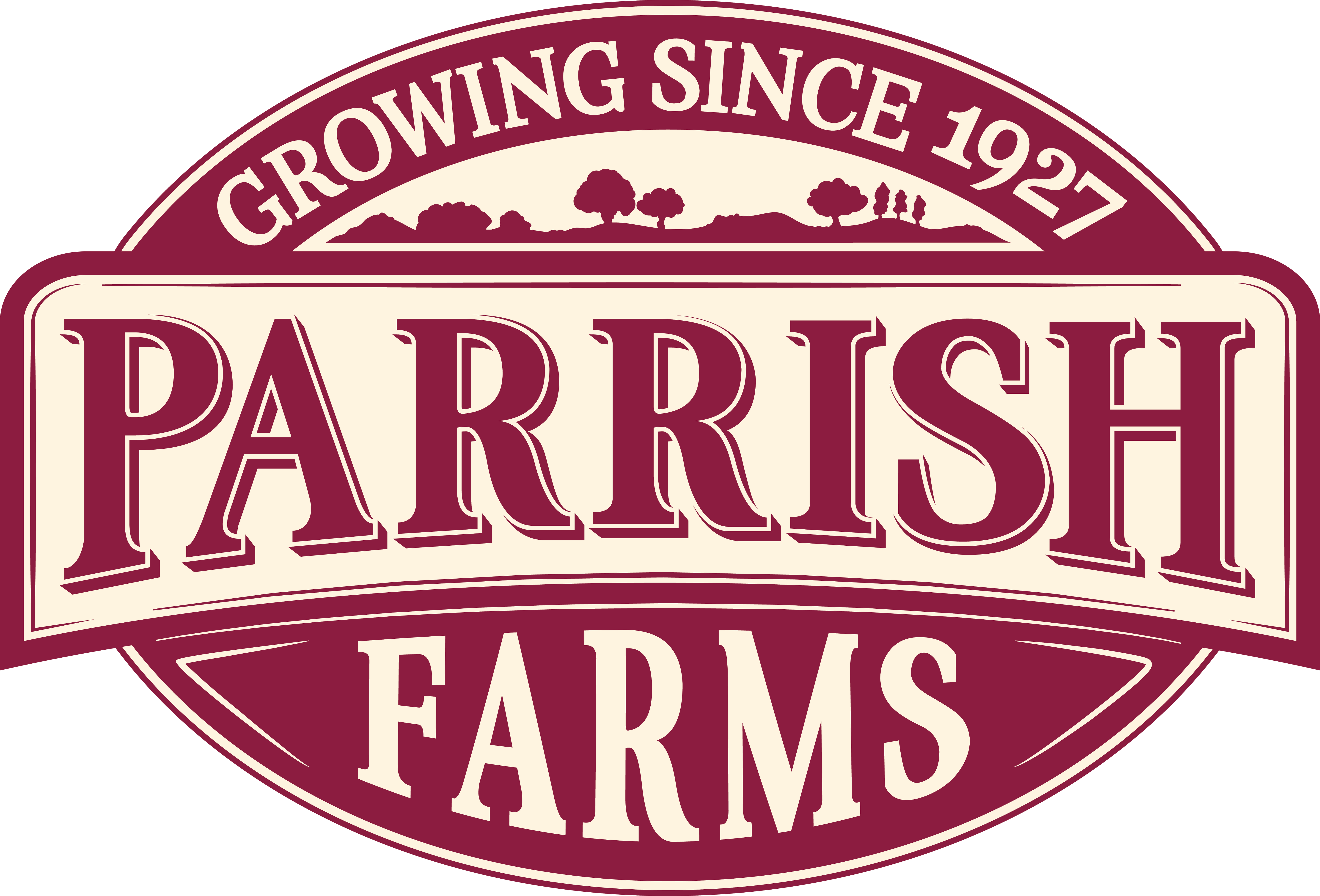
How We're Adapting Our Farm to Benefit the Ecosystem
by Robyn Mason
on Mar 29 2025
At our farm, we are committed to working in harmony with nature. We believe that sustainable farming isn’t just about growing crops - it’s also about creating a thriving environment for wildlife and improving the health of our land. That’s why we’ve been making several changes to ensure our farm benefits the ecosystem. Here are some of the key initiatives we’ve undertaken to support biodiversity and help combat climate change.
Planting Hedges and Trees to Support Wildlife
One of our biggest recent projects has been planting 3,450 hedge plants and 40 trees. These trees and hedges are not only crucial for capturing carbon dioxide and releasing oxygen, but they also provide vital habitats for local wildlife. Birds and mammals use the dense foliage for nesting and shelter, while the flowering trees and shrubs offer a rich source of pollen and nectar for pollinators. When ground flowers are scarce, these hedgerows continue to sustain bees, butterflies, and other insects essential to the ecosystem.
Creating a Network of Field Margins
We’ve also established an extensive network of field margins to create a connected habitat for wildlife across our farm. Wildflower margins, grass strips, and watercourse buffer zones serve as essential corridors for small mammals, birds, and insects.
-
Grass margins provide food and shelter for small birds and mammals, while also serving as hunting grounds for larger predators.
-
Wildflower margins attract pollinators such as bees, butterflies, and hoverflies, playing a crucial role in maintaining a balanced ecosystem.
-
Water body buffers - grassland strips planted along reservoirs and watercourses - help improve water quality while offering safe habitats for voles, newts, toads, and dragonflies.
By ensuring wildlife can travel safely across fields in search of food, nesting sites, or protection from predators, we are helping to sustain a more diverse and resilient ecosystem.
Providing Food and Shelter All Year Round
We understand that the colder months can be particularly tough for wildlife, with limited food sources and harsh weather conditions. To address this, we leave overwintered stubble in our fields after harvest. This provides birds and small mammals with a crucial food source throughout autumn and winter.
Additionally, we’ve planted tussock grass across various fields to offer shelter during the colder months. When spring and summer arrive, our flower-rich margins, grasslands, and crops supply an abundance of food and nesting spaces for pollinators, birds, and mammals alike.
During hot weather, dehydration can be a serious concern for wildlife. That’s why we’ve also ensured there are water sources strategically placed across our farm, providing a lifeline for animals on dry days.
A Sustainable Future for Farming and Nature
By integrating these wildlife-friendly farming practices, we are not only enhancing biodiversity but also improving soil health, water retention, and pest control - all of which contribute to a more sustainable and productive farm. We believe that farming and conservation can go hand in hand, and we are proud to play our part in protecting and enriching the local ecosystem.
We will continue to explore new ways to support nature on our farm and look forward to seeing the positive impact of these efforts in the years to come. Stay tuned for more updates on our journey towards sustainable and eco-friendly farming!
